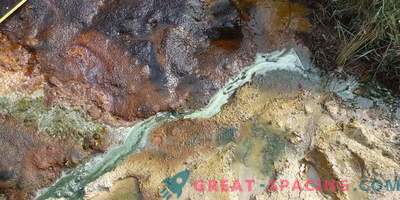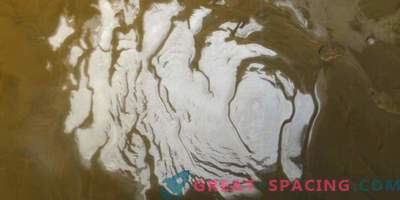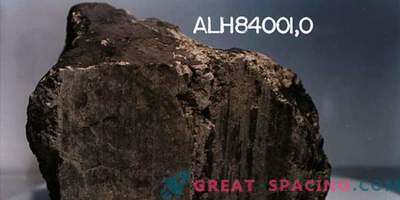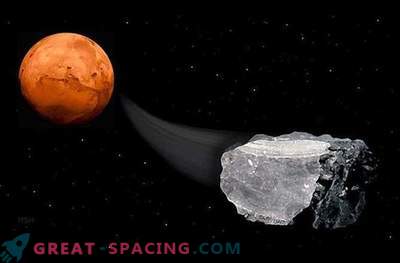
If you still hope that earthlings are looking for green men on the Red Planet, then reality will disappoint you. Rather, we are waiting to find fossilized bacteria hinting at the existence of life in the past. To do this, it is necessary to decode the chemical analysis of mined rocks. Vanadium with Raman spectroscopy can be used as a biosignal.
On Earth, there is a rock with an age of 3.5 billion years, but because of the effects, it sank deeper and deeper. It is believed that with Mars everything could also be a spectroscope able to get to the hidden truth.
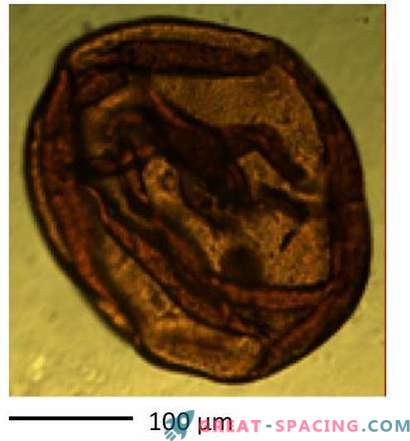
Micrographs with a bright field of a large leosaferide acritarch
Previously, researchers have already used this method. Next time it can be tested on the Mars 2020 mission to explore the Martian areas where the ancient environment is predisposed to the development of microbial life.

Splitting maps in a false color for V, Fe, and S of leuosphere. Maximum area densities are shown in µg / cm2 for each element in the upper part. The thickness indicator is Sa A new method is X-ray fluorescence microscopy. Vanadium is an element of the transition metal. Analysis has shown that it can replace biological compounds. It can be found in crude oil, asphalt and black shales, created from biological sources.
Vanadium merges into the chlorophyll molecule, which contains magnesium in the center (vanadium replaces it). The chlorophyll molecule concentrates inside the carbon-containing material and saves vanadium. Scientists have proved this idea by the example of acritarchs, capable of resembling possible Martian life forms.
Further studies need nano-spectroscopic imaging. This method is particularly interesting for the future mission of Mars 2020.


